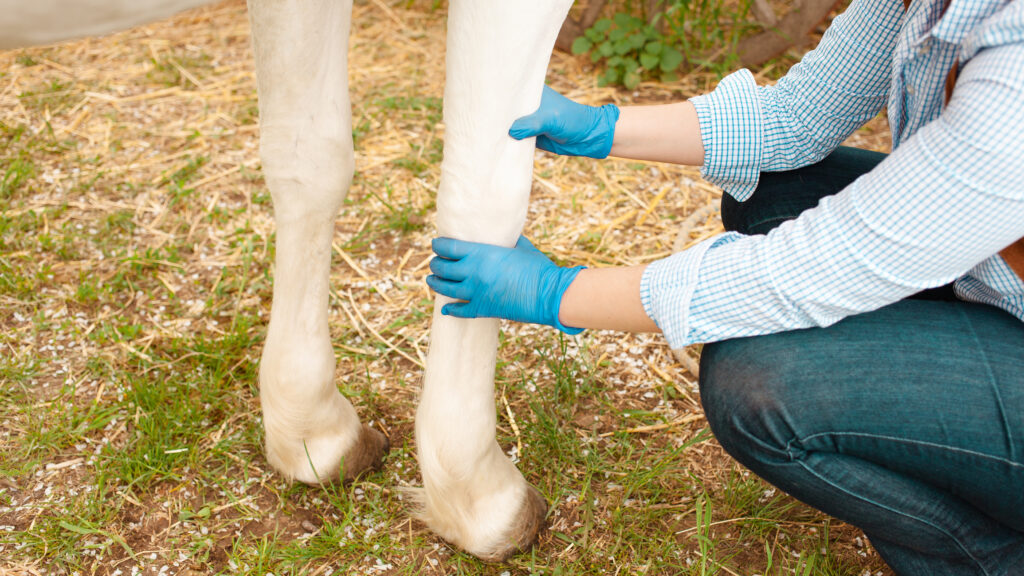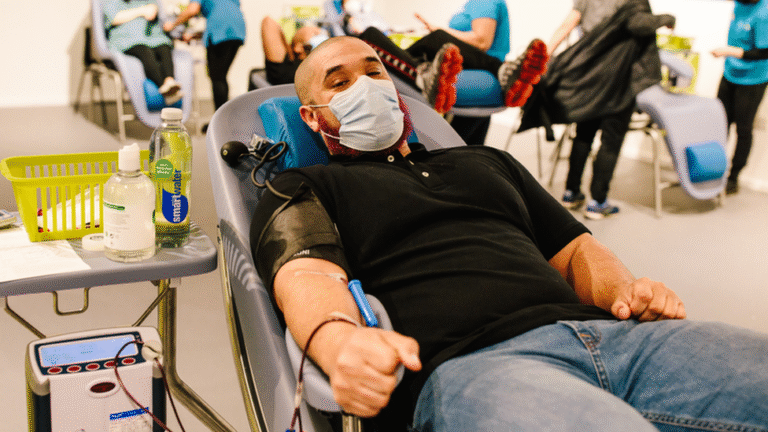Horse Lame in Trot No Heat or Swelling: Causes, Diagnosis and Treatment Explained
For any horse owner, noticing an irregular movement in their horse can be worrying. One particularly confusing situation is when a horse appears sound at the walk but then becomes unlevel at the trot. Many people search for answers under the phrase Horse Lame in Trot No Heat or Swelling, highlighting how common this issue is among riders and owners.
The absence of heat or swelling may suggest that nothing is wrong, but in reality, horses often mask discomfort until it becomes more obvious. Horse Lame in Trot No Heat or Swelling should always be taken seriously because subtle problems can easily develop into major injuries if ignored. Early investigation and care are essential for the horse’s well-being.
Understanding Lameness in Horses
Lameness in horses is any alteration to the normal gait, caused by pain, weakness, or discomfort in the body. While some cases are easy to spot, others can be far more subtle. A horse lame in trot but not walk is one of the more difficult scenarios to identify, because the trot exposes weaknesses that may remain hidden at slower paces.
Horse Lame in Trot No Heat or Swelling is particularly tricky because there are no obvious warning signs for the owner to see. No swelling, heat, or cuts mean the problem lies deeper within the hoof, joints, or soft tissue. This type of lameness highlights why careful observation and veterinary input are essential in maintaining equine health.
Common Causes of Lameness Without Heat or Swelling
The most common explanation for Horse Lame in Trot No Heat or Swelling is a hoof-related issue. A hoof abscess, stone bruise, or poor hoof balance can create sharp pain that is felt most at trot, even when no swelling is visible. Since the hoof capsule does not always display heat, the problem may go unnoticed without a closer inspection.
Another possible cause is a soft tissue injury, such as a tendon or ligament strain. These injuries can be subtle at first, with no external swelling or heat. Joint issues like early arthritis, bone spurs, or hock conditions may also result in a horse lame in trot but not walk. Additionally, back or muscular pain may alter a horse’s stride, producing irregular movement noticeable only at trot.
How to Diagnose Lameness Without Obvious Symptoms

When faced with Horse Lame in Trot No Heat or Swelling, the first step is to perform a thorough check at home. Cleaning out the hooves with a pick, observing stride length, and checking for head nodding or hesitation can provide useful clues. Watching the horse move on different surfaces and in circles can also help pinpoint the affected limb.
However, professional veterinary diagnosis is almost always required. A vet may carry out flexion tests, apply nerve blocks, or use diagnostic imaging such as X-rays or ultrasound. These methods help identify hidden injuries and conditions that cannot be seen externally. Without veterinary input, a horse lame in trot but not walk may go undiagnosed, leading to worsening of the condition over time.
Treatment Options for Horses Lame in Trot
Treatment for Horse Lame in Trot No Heat or Swelling will depend on the cause identified. Rest is often the most important factor, giving hooves, muscles, or tendons time to heal. Anti-inflammatory medication may also be prescribed to reduce discomfort, even in cases where no swelling is visible.
Farrier intervention is another important aspect of treatment. Corrective shoeing, balancing, and trimming can relieve pressure and improve movement. In some cases, structured rehabilitation under veterinary guidance may be needed, involving controlled exercise and physiotherapy. For more severe problems, surgery or advanced veterinary treatments may be recommended. Each treatment plan should be tailored to the horse’s individual needs.
Preventing Lameness and Maintaining Horse Health
Preventing Horse Lame in Trot No Heat or Swelling begins with proper hoof care. Regular farrier visits and careful trimming prevent imbalances that can lead to lameness. Using quality surfaces for exercise and ensuring horses are conditioned gradually can reduce strain on joints, tendons, and muscles.
Routine veterinary check-ups also play an important role in prevention. Detecting small issues early helps prevent bigger problems from developing. Observing a horse’s behaviour, stride, and willingness to move forward can provide valuable warnings. By combining good care, training, and monitoring, horse owners can significantly reduce the risk of trot-only lameness.
Conclusion
Horse Lame in Trot No Heat or Swelling is a confusing but important issue that should never be ignored. Even without heat or swelling, there may be hoof abscesses, tendon injuries, or joint problems causing discomfort. Early detection and professional advice are essential to protect the horse’s health and long-term mobility.
By acting quickly, owners can prevent minor problems from becoming serious injuries. Preventive care through farrier work, regular exercise management, and veterinary check-ups is the best way to keep horses comfortable and sound. Addressing Horse Lame in Trot No Heat or Swelling with care ensures a healthier and happier future for both horse and rider.
FAQs
Why is my horse lame in trot but not walk?
This happens because trot places greater stress on the musculoskeletal system. Subtle conditions such as hoof bruising, tendon strain, or early joint issues may only appear during trot.
Can a horse be lame without showing heat or swelling?
Yes, Horse Lame in Trot No Heat or Swelling proves that internal injuries or hoof problems can cause pain without visible signs. That’s why veterinary checks are important.
What are the first signs of tendon injuries in horses?
Early signs include shortened strides, stiffness, or irregular steps at trot. These issues may occur before any swelling or heat becomes apparent.
How do I know if my horse’s lameness is serious?
Any unexplained lameness should be considered serious. Horse Lame in Trot No Heat or Swelling may look minor but always requires veterinary diagnosis to avoid further complications.
What is the best way to prevent trot-only lameness?
The best prevention is good hoof care, gradual training, and regular veterinary and farrier visits. Monitoring small changes in gait can also prevent bigger problems from developing.
You May Also Read: When Is Autism Awareness Week in the UK







